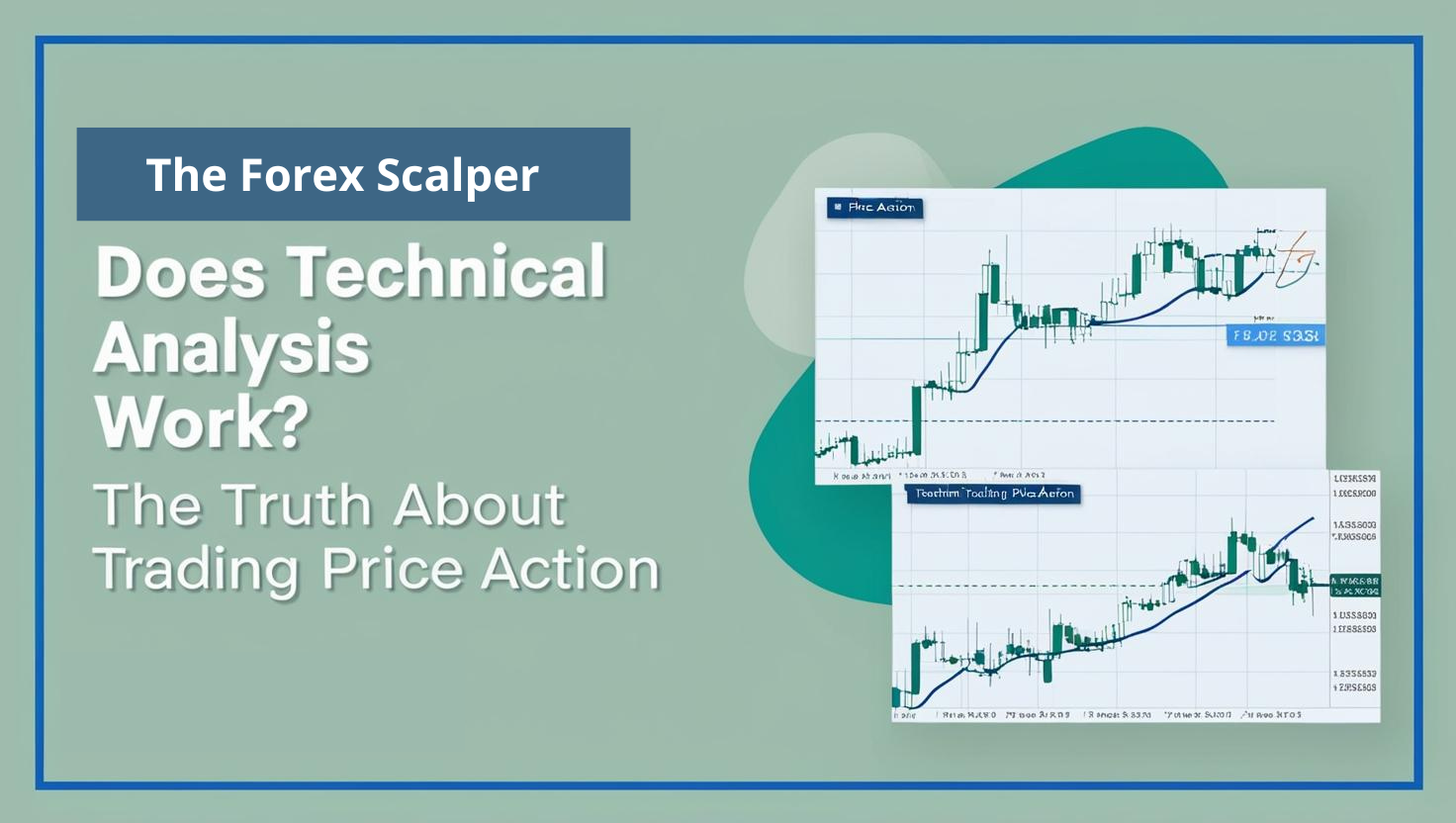Does technical analysis work? The Truth Trading Price Action
Introduction: Can Technical Analysis Improve Trading?
For years, traders and investors have debated one key question: Does technical analysis work? Some believe that studying price patterns, indicators, and market trends provides a real edge in trading. Others argue that technical analysis is subjective, unreliable, or even based on self-fulfilling prophecies.
If you’ve ever wondered, “Is technical analysis real?” or “Does technical trading work?”, this blog will break down the facts. We’ll explore how technical analysis works, when it’s effective, and its limitations—so you can make informed decisions about incorporating it into your trading strategy.
Understanding Technical Analysis
Technical analysis involves studying price movements, trading volume, and historical market patterns to predict future price direction. Unlike fundamental analysis, which focuses on a company’s financial health, technical analysis is purely focused on price action and market behavior.
Traders who use technical analysis rely on:
📊 Indicators (e.g., Moving Averages, RSI, MACD)
📈 Chart Patterns (e.g., Head & Shoulders, Double Tops, Triangles)
📊 Support & Resistance Levels (price zones where buying or selling pressure is strong)
📈 Candlestick Patterns (e.g., Engulfing Patterns, Doji, Pin Bars)
But the real question remains: Does technical analysis work consistently, or is it just guesswork?
Why Technical Trading Is Effective for Many Traders
The short answer is: Yes, technical analysis works—but only when used correctly. Traders who apply it with a structured approach and proper risk management often see success. However, those who misuse it or rely too heavily on indicators without understanding market conditions may struggle.
Reasons Why Many Traders Use Technical Analysis
Price Action Reflects Market Sentiment
- Every price movement represents the collective behavior of buyers and sellers.
- Technical analysis helps traders identify when momentum is shifting and where price may reverse or continue.
Markets Follow Trends and Patterns
- While the market isn’t completely predictable, certain price movements repeat over time.
- Patterns like breakouts, trend continuations, and reversals occur because traders react to similar conditions in the same way.
Liquidity Zones Create Reliable Setups
- Support and resistance levels form because institutional traders place large buy and sell orders at key price levels.
- Technical analysis helps traders recognize these levels and make smarter entry and exit decisions.
Self-Fulfilling Prophecy Effect
- Many traders watch the same technical levels (e.g., a 200-day Moving Average or Fibonacci retracements).
- Because thousands of traders act on these signals, the price often reacts accordingly.
These factors explain why many traders believe technical analysis is real and continues to work in the markets.
When Technical Strategies May Fail
While technical analysis can be powerful, it doesn’t always work. Here’s when it may fail:
Ignoring Market Fundamentals
- Technical trading works best when combined with fundamental analysis or news awareness.
- For example, a strong technical setup can fail if unexpected news (earnings reports, interest rate changes) disrupts the market.
Overusing Indicators (Indicator Overload)
- Some traders add too many indicators to their charts, leading to conflicting signals.
- Keeping it simple with 2-3 core indicators improves clarity and decision-making.
Forcing Trades in Ranging Markets
- Not all markets trend—sometimes price moves sideways for long periods.
- If traders try to force breakouts that never happen, they may take unnecessary losses.
Ignoring Risk Management
- Even the best technical setups fail sometimes.
- Traders who don’t use stop-losses or risk management strategies eventually lose money.
So, does technical analysis work all the time? No. However, traders who understand its limitations and apply it correctly can achieve long-term success.
Markets Where Technical Trading Works Best
Many traders wonder: Does technical trading work across different markets? The answer depends on liquidity, volatility, and market structure.
📈 Forex Trading – Works well because the forex market follows trends and liquidity zones. Technical traders often use support & resistance, Fibonacci, and momentum indicators to trade effectively.
📊 Stock Market – Technical analysis works in stocks, especially for short-term traders and swing traders. However, stock prices are also influenced by earnings reports, economic data, and company fundamentals.
📉 Crypto Trading – Technical analysis can be effective in crypto markets, but high volatility means price movements don’t always respect traditional technical patterns.
📊 Futures & Commodities – Technical analysis works well in commodities like gold, oil, and indices due to strong institutional participation. Order flow and volume analysis further improve accuracy.
So, while technical analysis is real and works, its effectiveness depends on the market you’re trading and how well you apply it.
Indicators That Improve Accuracy
If you’re wondering “Does technical analysis work for real?”, you need to use proven indicators that offer high-probability signals.
Most Reliable Indicators for Traders
Moving Averages (50-day & 200-day MA)
- Helps identify long-term trends and dynamic support/resistance zones.
Relative Strength Index (RSI)
- Measures momentum and tells if a stock is overbought (above 70) or oversold (below 30).
MACD (Moving Average Convergence Divergence)
- A trend-following indicator that signals momentum shifts and crossovers.
Bollinger Bands
- Shows volatility expansion and contraction, helping traders catch breakouts.
Volume Profile & Order Flow Analysis
- Helps traders see where institutional traders are placing large buy/sell orders.
These indicators improve trading success, but using them in combination with price action and market structure is key.
Final Thoughts on Technical Trading
So, is technical analysis real? Yes. Does technical analysis work? It does—but only when used properly.
Key Takeaways:
Technical analysis helps traders understand market sentiment, trends, and price patterns.
It works best when combined with support & resistance levels, volume, and order flow analysis.
Avoid indicator overload and always use risk management to improve consistency.
While it doesn’t work 100% of the time, it offers a statistical edge when applied correctly.
📢 Want to improve your technical trading skills?
🔥 Join the Supply & Demand Masterclass: 👉 Enroll Now
🔥 Master Order Flow Trading: 👉 Join Now
🚀 Trade smarter, trade better!









